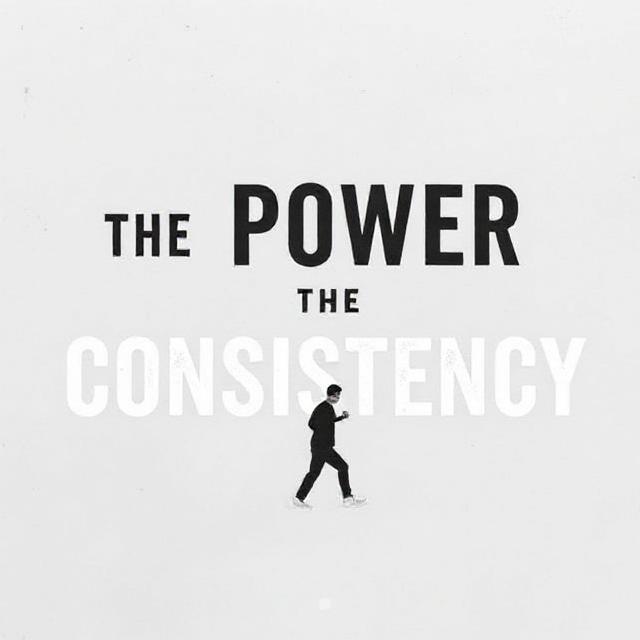
Setting personal development goals is one of the most powerful things you can do for yourself. But let’s be honest — most people set goals that fade away after a few weeks. The reason isn’t laziness or lack of willpower; it’s the lack of structure and emotional connection behind those goals.
If you truly want to change your life, you need goals that are clear, realistic, motivating, and deeply aligned with who you are. This guide will help you design goals that don’t disappear — they transform you from the inside out.
1. Why Personal Development Goals Matter
Personal development goals give your life direction. Without them, it’s easy to drift through days, reacting to circumstances instead of shaping them.
When you set goals intentionally, you:
- Strengthen your discipline and confidence.
- Gain clarity about what truly matters.
- Build purpose into your daily routine.
- Grow in ways that improve every area of life — from health to relationships to career.
Growth isn’t about speed; it’s about progress. Every goal you achieve strengthens your belief that change is possible.
2. Start with Self-Reflection
Before setting new goals, pause and ask yourself:
- What areas of my life need growth right now?
- What habits or fears are holding me back?
- What kind of person do I want to become this year?
You can’t build meaningful goals without self-awareness. For example, if you keep setting goals about waking up early but struggle with late-night scrolling, the real issue might be sleep discipline, not motivation.
When you understand your patterns, your goals become realistic — not fantasy versions of yourself.
3. Define Your “Why”
A goal without a strong reason will eventually lose power. When things get hard (and they will), your “why” keeps you going.
For instance:
- Don’t just say, “I want to read more.” Instead say, “I want to read more so I can expand my mind and think creatively every day.”
- Don’t say, “I want to exercise.” Say, “I want to exercise because I want long-term energy and confidence.”
Your “why” is emotional fuel. It connects your actions with meaning.
4. Set SMART Goals
One of the simplest and most effective goal-setting systems is the SMART method — Specific, Measurable, Achievable, Relevant, and Time-bound.
Here’s how to apply it:
| Step | What It Means | Example |
|---|---|---|
| Specific | Clear and focused | “I will meditate for 10 minutes daily” |
| Measurable | Trackable progress | “I’ll read 12 books in a year” |
| Achievable | Realistic for your lifestyle | “I’ll walk 30 minutes instead of joining a gym right away” |
| Relevant | Connected to personal growth | “This helps reduce stress and increase focus” |
| Time-bound | Has a finish line | “I’ll achieve this by the end of 3 months” |
This structure turns vague wishes into actionable plans.
5. Break Big Goals into Small Steps
Large goals can feel overwhelming. To make progress consistent, divide them into small, manageable milestones.
If your goal is to improve communication skills, your steps might look like:
- Read one book on communication this month.
- Practice active listening with one person daily.
- Join a local speaking group or attend a virtual workshop.
Breaking goals into smaller parts builds momentum. Each small win tells your brain: I’m improving.
6. Build Habits Around Your Goals
Goals are destinations — habits are the vehicle.
Instead of focusing only on the end result, create daily or weekly routines that lead you there naturally.
- If your goal is to be more productive, start each morning with a 10-minute plan for your day.
- If your goal is to learn a skill, commit to 20 minutes of focused study instead of long random sessions.
- If your goal is emotional growth, write one gratitude entry every night.
Habits automate success. Once they stick, discipline becomes easier.
7. Track Your Progress Regularly
People often lose motivation because they don’t track how far they’ve come. Keep a simple system — a notebook, journal, or app — to track progress.
Write down:
- What went well this week.
- What challenges you faced.
- One thing you’ll adjust next week.
Seeing your progress builds motivation and makes you aware of patterns — you’ll know what helps and what holds you back.
8. Celebrate Small Wins
Many people skip this step — but celebrating small wins is vital. It reinforces positive behavior and keeps your journey enjoyable.
When you hit a mini milestone:
- Treat yourself to something small, like your favorite coffee.
- Take a short break or share your success with a friend.
- Write a note of gratitude for your effort.
Celebration doesn’t make you lazy — it makes your brain associate growth with positivity.
9. Stay Flexible — Adjust, Don’t Quit
Sometimes, life changes. You might face new priorities or unexpected challenges. Instead of giving up, adjust your plan.
If you can’t complete a goal in three months, extend it to four.
If your current method isn’t working, try a different one.
Flexibility is not weakness — it’s wisdom. The goal is growth, not perfection.
10. Build Accountability
Accountability is a secret weapon for consistency. Share your goals with a trusted friend, mentor, or community that supports you.
When others know your goals, you naturally stay more focused. You can also join online groups where people track similar progress, such as fitness, learning, or journaling communities.
Remember: accountability should motivate you, not shame you. Find people who celebrate your efforts, not just your results.
11. Visualize the Outcome Daily
Visualization strengthens belief. Spend a few minutes every day imagining yourself already achieving your goal — how it feels, what your life looks like, what kind of person you’ve become.
This mental rehearsal activates your brain’s focus systems and motivates your subconscious to move in that direction.
Pair visualization with action, and you’ll stay emotionally connected to your purpose.
12. Review and Reset Every Month
Growth is continuous. Each month, review your progress and reset your goals if needed. Ask yourself:
- Did I stay consistent?
- What did I learn about myself?
- Which habits worked best?
By doing this, you prevent burnout and maintain a healthy relationship with progress. The goal-setting process becomes a lifestyle, not a one-time event.
13. Believe in Long-Term Growth
The biggest mistake people make is underestimating small progress. Personal development is not about overnight transformation — it’s about steady evolution.
Each day you show up for your goals, you build a new version of yourself. Even slow progress is progress.
The key to lasting change is consistency, not perfection.
When you trust the process and believe in small daily improvement, your goals stop feeling like a burden — they become part of who you are.
Final Thoughts
Setting and achieving personal development goals that last isn’t about chasing motivation — it’s about building systems that keep you moving even when motivation fades.
So start today. Pick one area of your life, define your “why,” set a SMART goal, and take one small step.
You’ll look back months from now and realize: you didn’t just achieve a goal — you became the person capable of achieving it.
Read More About: How to Practice Self-Reflection for Personal Growth



